Panasonic NN-CF778S Manual
Læs gratis den danske manual til Panasonic NN-CF778S (160 sider) i kategorien Mikrobølgeovn. Denne vejledning er vurderet som hjælpsom af 17 personer og har en gennemsnitlig bedømmelse på 4.1 stjerner ud af 9 anmeldelser.
Har du et spørgsmål om Panasonic NN-CF778S, eller vil du spørge andre brugere om produktet?

Produkt Specifikationer
| Mærke: | Panasonic |
| Kategori: | Mikrobølgeovn |
| Model: | NN-CF778S |
| Antal effektniveauer: | 6 |
| Vægt: | 20500 g |
| Produktfarve: | Sølv |
| Dimensioner (BxDxH): | 531 x 534 x 328 mm |
| Mikrobølgeeffekt: | 950 W |
| Indvendig kapacitet: | 27 L |
| Integreret ur: | Ja |
| Inverter-teknologi: | Ja |
| Indvendige mål (B x D x H): | 354 x 343 x 205 mm |
| Grill: | 1330 W |
| Børnesikring: | Ja |
| Effektkrav: | 230 V, 50 Hz |
| Automatiske programmer, antal: | 19 |
| Automatisk madlavningsprogram: | Ja |
| Dampkraft: | 1000 W |
Har du brug for hjælp?
Hvis du har brug for hjælp til Panasonic NN-CF778S stil et spørgsmål nedenfor, og andre brugere vil svare dig
Mikrobølgeovn Panasonic Manualer

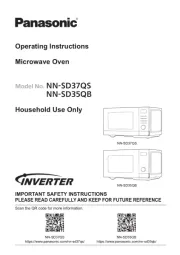
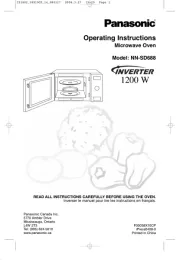
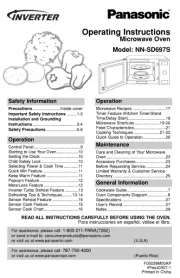
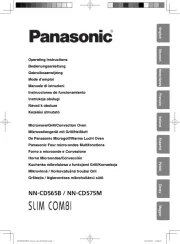
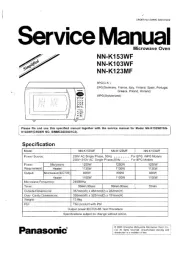

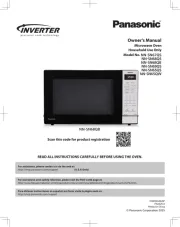
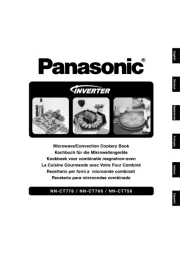
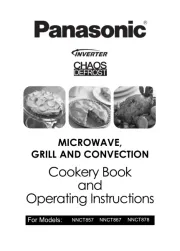
Mikrobølgeovn Manualer
- Imarflex
- Amana
- Cata
- Russell Hobbs
- Sinbo
- Sage
- TriStar
- Prima
- Gram
- Medion
- Bifinett
- SEB
- Saro
- Solwave
- Belling
Nyeste Mikrobølgeovn Manualer









